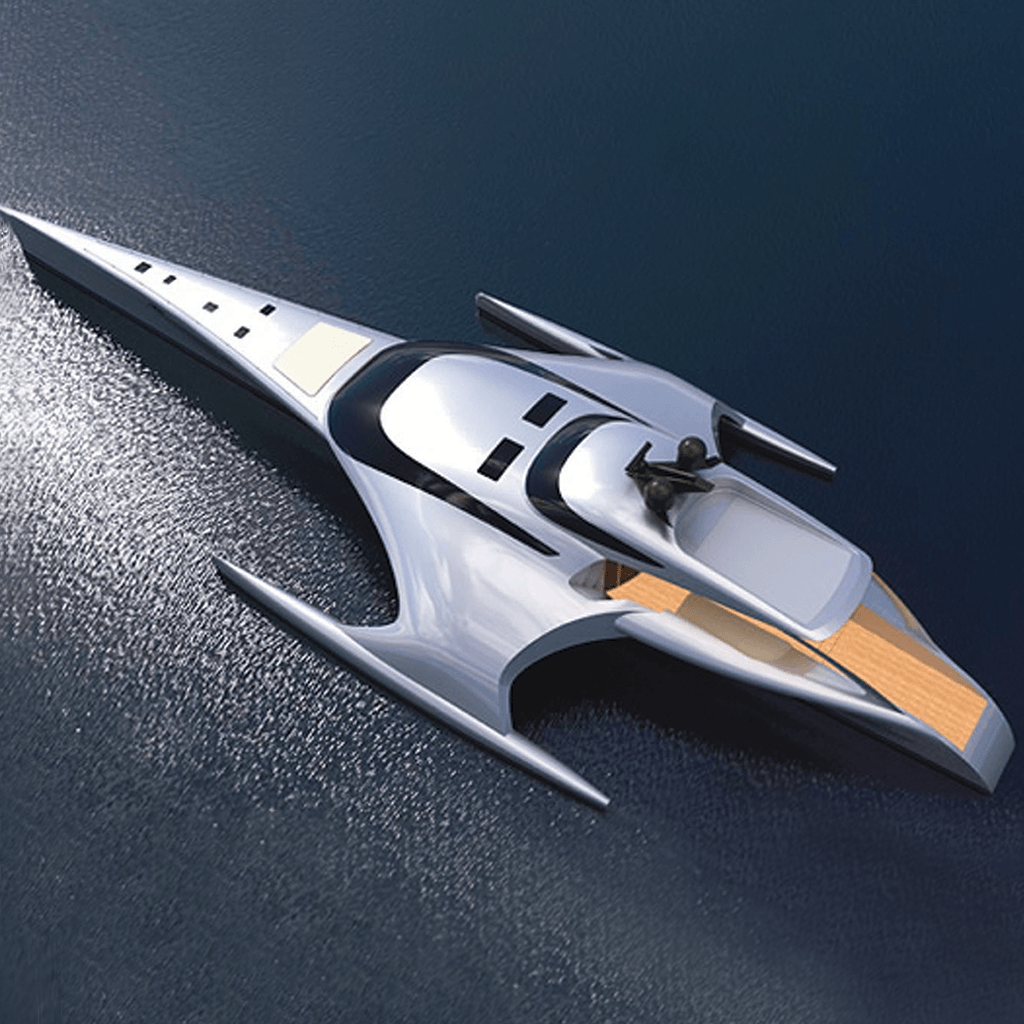CETMA is contributing to the development of a completely new composite material
JEC Composites Magazine spoke to Dr Alessandra Passaro, Director of CETMA’s Advanced Materials & Processes Consulting Department, to evaluate 20 years of composite materials evolution and how composites are becoming environment friendly.

JEC Composites Magazine: Dr Passaro, can you tell us more about your role in CETMA?
I started working at CETMA as a researcher in thermoplastic-matrix composites over 20 years ago. In 2015, I became director of the department specialised in polymeric and composite materials. Together with my colleagues, I define the strategic lines on which we need to focus to keep up with the latest innovations in the field of composite materials. Our teams work with funded projects that help develop innovative solutions for our industrial customers (Figure 1).

JEC Composites Magazine: From your point of view, what are the latest developments in materials and processes?
The world of composite materials is increasingly focused on issues related to circularity and environmental impact. New materials are developed and considered by the industries, in particular materials formulated following eco-design criteria, such as recyclable thermosets or bio-based composites. Even though the issue of glass fibre-reinforced composites recycling is not yet solved on a large scale, some interesting solutions that do not involve a strong downcycling of the material are beginning to be industrialised.
Manufacturing processes are becoming more automated to meet the industry’s needs in terms of increased reliability, improved control over products and processes and reduced cycle times. Furthermore, automation makes it easier to digitalise factories. Out-of-autoclave (OoA) solutions are chosen when companies aim to develop innovative manufacturing processes. This trend is fuelled by the availability of new intermediate materials in the market, such as OoA prepregs and new thermoplastic matrices.
CETMA optimised several OoA processes, cooperating with companies that produce customised automated lines in order to propose customers optimised process parameters and an industrial line to properly implement their process. The company can propose customised compression moulding processes for both thermoplastic and thermosetting composites, in both batch and continuous variants.
JEC Composites Magazine: Can you describe CETMA’s activity and yours in the field of composite recycling?
CETMA has been working on the circularity of composite materials since 2002, starting with the development of a fully-recyclable boat manufactured with glass fibre fabric-reinforced polypropylene. Many activities have been carried out since then, with a clear intensification during the last five years.
Personally, I have coordinated many of these activities. Moreover, I am the president of the work group dedicated to composite material sustainability created by the Italian Association for Composite Materials (Assocompositi). Thanks to CETMA’s integrated expertise, which ranges from material formulation to testing, process optimisation, design and prototyping, the company not only has a technical role but also contributes to fostering interactions among all players in the value chain involved in composite material recycling (Figure 2).
Here are the main technical outcomes achieved in the recent period:

- development of a tailored sizing formulation and process for recycled carbon fibres recovered by pyrolysis (Figure 2);
- development of prototypes (aircraft window frame, car bonnet, aircraft interior panel) made with recycled carbon fibres recovered by pyrolysis using compression moulding and the SQRTM (Same Qualified Resin Transfer Moulding) process;
- development of a recycling process for carbon fibre prepreg scraps, design and manufacturing of prototypes using the recycled material (e.g. safety shoe toe cap, Figure 3);
- development of boat components using innovative recyclable matrix composites and flax or hemp fibres;
- development of an innovative mechanical recycling method for glass fibre-reinforced composites that makes it possible to easily produce shaped components, thus going beyond the simple recycled flat panels currently available on the market.

JEC Composites Magazine: Clean energy, circular economy, sustainability… what are your projects looking towards the future? Are you targeting new industrial sectors?
CETMA aims to continue working on the circular economy and on composite recycling, with a particular focus on the mechanical recycling of glass fibre-reinforced composites and the eco-design of new composite materials. Our specific objectives involve process optimisation, industrialisation and the development of several prototypes to validate the process and the possible applications of recycled materials.
CETMA is contributing to the development of a completely new composite material within the European-funded project FURHY (fully recyclable hybrid bio-composite for transport applications). It aims to develop a new, smart, fully-recyclable bio-based composite material produced with a fast and low-energy consumption OoA process (Figure 4).

The matrix will be a new bio-based epoxy resin filled with expanded graphite, which will play multiple roles such as enhancing both the material and the manufacturing process and providing smart functions. A hybrid composite will be developed using hemp and recycled carbon fibres, thus maximising the environmental benefits with a life-cycle perspective (Figure 5). The project is coordinated by CETMA and involves the following partners: Centexbel, Gen2Carbon, Leonardo, Nano-Tech, University of Salerno, Olgun Celik, Onyriq and Rina Consulting.
JEC Composites Magazine: What role does CETMA play in the field of innovative composite tanks?
In the vast world of clean energy and hydrogen, CETMA is investing in the development of innovative composite tanks. In particular, within an Italian-funded project carried out together with the ESEA company, the teams are developing a prototype automated fibre placement line for tank manufacturing in order to optimise tow placement and orientation. Moreover, the company plans to work on the development of Type V tanks, following the industrial need to reduce the weight and cost of components.
Another activity deals with the development of thermoplastic-matrix composite tanks. Apart from their recycling possibilities, thermoplastics appear as a promising solution to the challenges faced by conventional tanks in terms of compatibility with hydrogen service and with the mass automotive market’s requirements.
Cover picture: CETMA – Alessandra Passaro, Director, Advanced Materials & Processes Consulting Department, CETMA
Want to read more articles?
Subscribe for free now and access to JEC Composites Magazine N°155.
Available in print, digital and via the mobile application.













